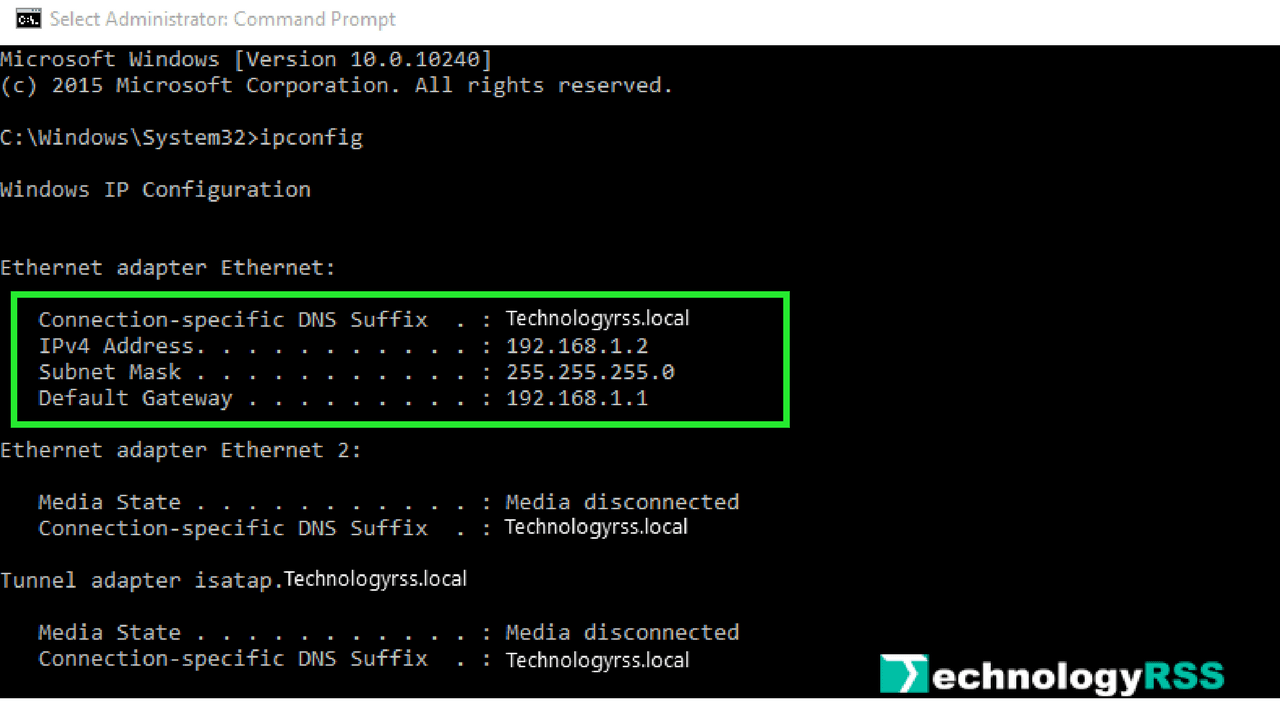
Example: C:\WINDOWS\system32> netstat -vb. netstat -vb : Very useful to examine also which executable and which sequence created each connection and each port. There are several command-line options that you can use with TRACERT, although the options are not usually necessary for standard troubleshooting. netstat -ano : Displays all connections and listening ports (-a), addresses and ports in numerical form (-n) and also the process ID of each connection (-o). TRACERT is useful for troubleshooting large networks where several paths can lead to the same point or where many intermediate components (routers or bridges) are involved. Tracing route to 22.110.0.1 over a maximum of 30 hopsġ 157.54.48.1 reports: Destination net unreachable. Probably, either the router has a configuration problem, or the 22.110.0.0 network does not exist, reflecting a bad IP address. In the following example, the default gateway has found that there is no valid path for the host on 22.110.0.1. You can use TRACERT to find out where a packet stopped on the network. This program allow user to find to out link(Web-address/servers) to which user computer is connected ,apart from the background services programs and applications ie yahoo,Using this program location of IP on map and other details can be found. Tracing route to 11.1.0.1 over a maximum of 30 hops Este artculo describe TRACERT (Trace Route), una utilidad.
#Windows update iptrace windows#
In this example, the default gateway is 157.54.48.1 and the IP address of the router on the 11.1.0.0 network is at 11.1.0.67. Para obtener una versin de este artculo para Microsoft Windows 2000, consulte 162326. In the following example of the tracert command and its output, the packet travels through two routers (157.54.48.1 and 11.1.0.67) to get to host 11.1.0.1. Using the -d option with the tracert command instructs TRACERT not to perform a DNS lookup on each IP address, so that TRACERT reports the IP address of the near-side interface of the routers. TRACERT prints out an ordered list of the intermediate routers that return ICMP "Time Exceeded" messages. Note however that some routers silently drop packets that have expired TTLs, and these packets are invisible to TRACERT. The ICMP "Time Exceeded" messages that intermediate routers send back show the route. TRACERT sends the first echo packet with a TTL of 1 and increments the TTL by 1 on each subsequent transmission, until the destination responds or until the maximum TTL is reached. When the TTL on a packet reaches zero (0), the router sends an ICMP "Time Exceeded" message back to the source computer. Because each router along the path is required to decrement the packet's TTL by at least 1 before forwarding the packet, the TTL is effectively a hop counter. In these packets, TRACERT uses varying IP Time-To-Live (TTL) values. The TRACERT diagnostic utility determines the route to a destination by sending Internet Control Message Protocol (ICMP) echo packets to the destination.
#Windows update iptrace how to#
More Information How to Use the TRACERT Utility


This article discusses the following topics: This article describes TRACERT (Trace Route), a command-line utility that you can use to trace the path that an Internet Protocol (IP) packet takes to its destination. For a Microsoft Windows 2000 version of this article, see 162326.


 0 kommentar(er)
0 kommentar(er)
